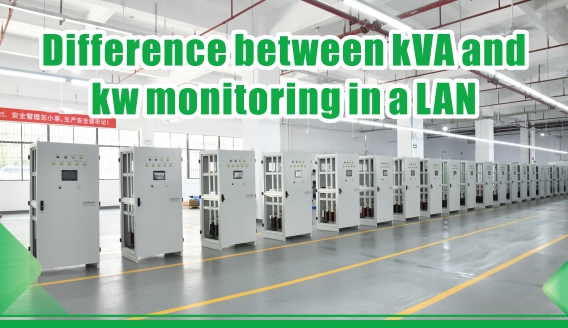
Mar , 15 2025
kVA is the unit of apparent power and kw is the unit of active power. In alternating current, apparent power does not indicate the actual power consumed in the circuit, but rather the maximum power that can be supplied or the maximum active power consumed in an alternating current circuit. In the case of active power, it is the power needed to enable the equipment to work properly, such as the ele...
more
